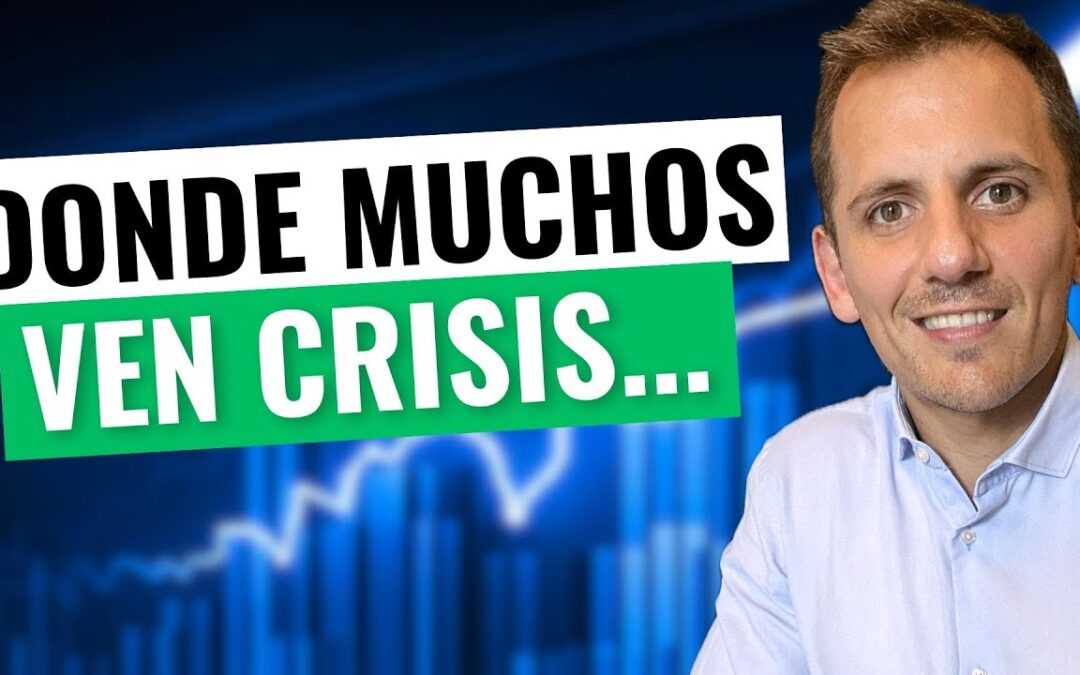NKE
📉 Nike’s stock price has reached a 5-year low, presenting a potential investment opportunity, despite recent challenges.
📊 The company reported a 9% year-over-year sales decline and significant margin contractions, but maintains strong cash reserves.
💰 Nike continues its long-standing tradition of returning value to shareholders through dividends and share repurchases, even amidst financial downturns.
@invertirdesdecasa:
“Nike’s stock is touching minimum prices of the last 5 years. The stock closed at around $68 per share on Friday, March 21st, practically the same market value the company had 5 years ago. This represents a considerable drop of more than 75% from historical maximum prices, and around a 50% drop in the last calendar year, capitalizing as you see here at $100,000 million as a company. This was its last quarterly earnings report. There was a 9% year-over-year sales decline. A greater drop of 11% was expected. There was a fall in gross margins, that is, these margins that take into account total sales minus production costs, a quite significant 3% drop, which is a lot. The gross margin in the textile sector is very important. A fall in pretax margins, that is, before taxes, or rather a fall in total pretax profits around 40%, given that the demand creation expenses (that is, celebrities and athletes using Nike clothing) continued to be there, with the idea that they will bear fruit in the future. In the last 9 months, sales fell by around 9%. There was a drop in gross margins, not as pronounced as in the last quarter. Pre-tax profits fell by around 28% in these 9 months, to almost $3.6 billion. That is, a drop in margins, a drop in sales, a year that is not good for Nike at all. Year-over-year, inventory fell a bit. Nike is giving discounts to get rid of inventory that it couldn’t sell at full price, and it is putting inventory at a loss as obsolete or as something it won’t be able to sell. Accounts receivable are well managed. Nike has been a company that generates a lot of cash and has always managed its working capital quite well, always managing its financial solvency in a very conservative way, always with cash levels higher than its debt. Sales fell in all its geographies: in North America, in Europe, the Middle East, Africa, in Greater China, in Asia Pacific. The drops ranged from 4 or 5% to 15 or 20% versus the sales it had had in those regions in the previous year’s quarter. Adidas, one of Nike’s rivals, is taking advantage of this bad moment. Nike reports that inventories fell by 2%, and that it has cash and cash equivalent reserves of 10.4 billion, greater than its short and long-term financial debt. However, all this drop in sales, this drop in margins, did not prevent Nike from continuing to do what it has been doing for decades. In fact, for 23 consecutive years, it has paid dividends, increased dividends, and also repurchased its shares, as you are seeing here. It returned $11.1 billion to its investors, and it still has about $6 billion left to repurchase its own shares. It can practically repurchase 6% of all outstanding shares with what it has authorized today, and it has cash to do so. Annualizing, estimating the pretax and after-tax profits, or net profit of this year 2025, which is already ending, we would have these values. The directive already said that it is going to be a tough year. That would give us, comparing these values, a price-to-pretax profit ratio, as if it were a bond, how the yield of a bond is calculated, of 21.5 times, and a price-to-net profit ratio of 25.5 times, of course, against what would be the profits of this fiscal year, which will probably be one of the worst in the last 10 years of the company.”
See the exact part of the YouTube video where Nike stock is discussed below:
View the video on YouTube.
Read more articles analyzing Nike (NKE) at the following link. NKE stock.


